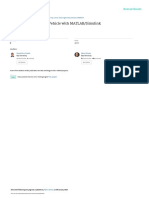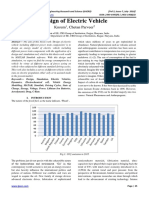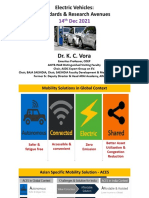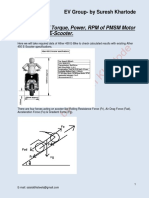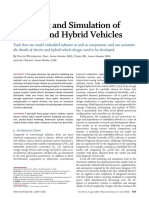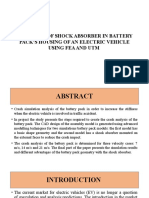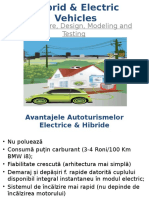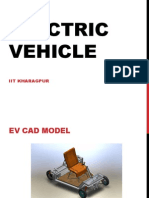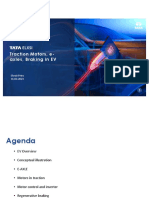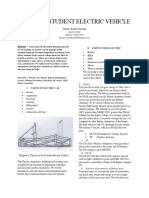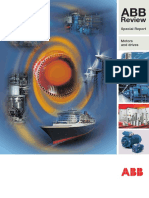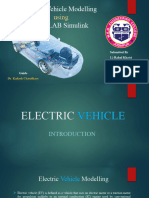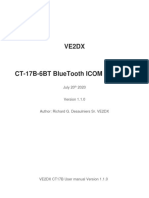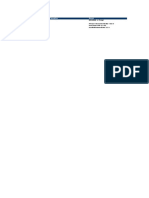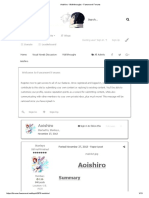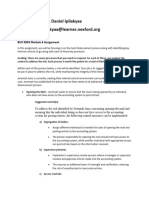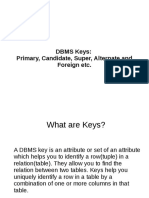100% found this document useful (3 votes)
525 views51 pagesDeveloping Battery Management Systems Using Simulink
Uploaded by
tejas dhanagareCopyright
© © All Rights Reserved
We take content rights seriously. If you suspect this is your content, claim it here.
Available Formats
Download as PDF, TXT or read online on Scribd
100% found this document useful (3 votes)
525 views51 pagesDeveloping Battery Management Systems Using Simulink
Uploaded by
tejas dhanagareCopyright
© © All Rights Reserved
We take content rights seriously. If you suspect this is your content, claim it here.
Available Formats
Download as PDF, TXT or read online on Scribd
/ 51



